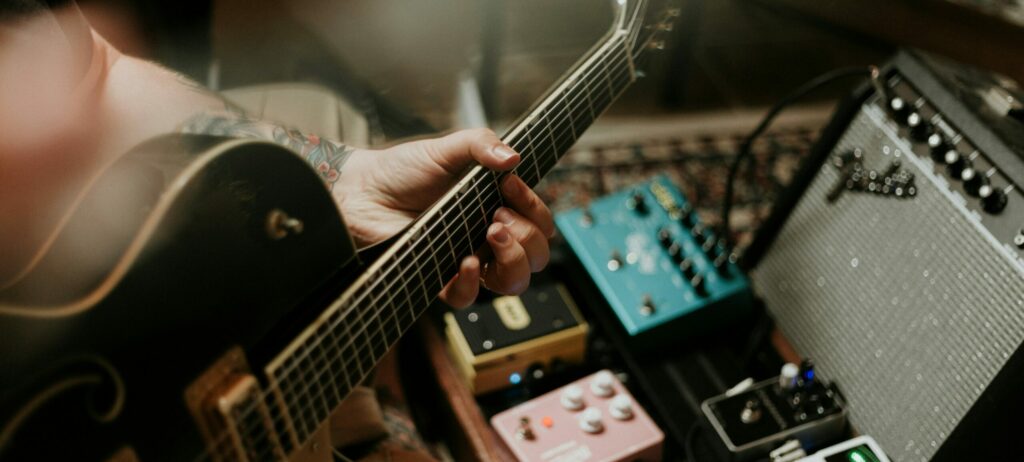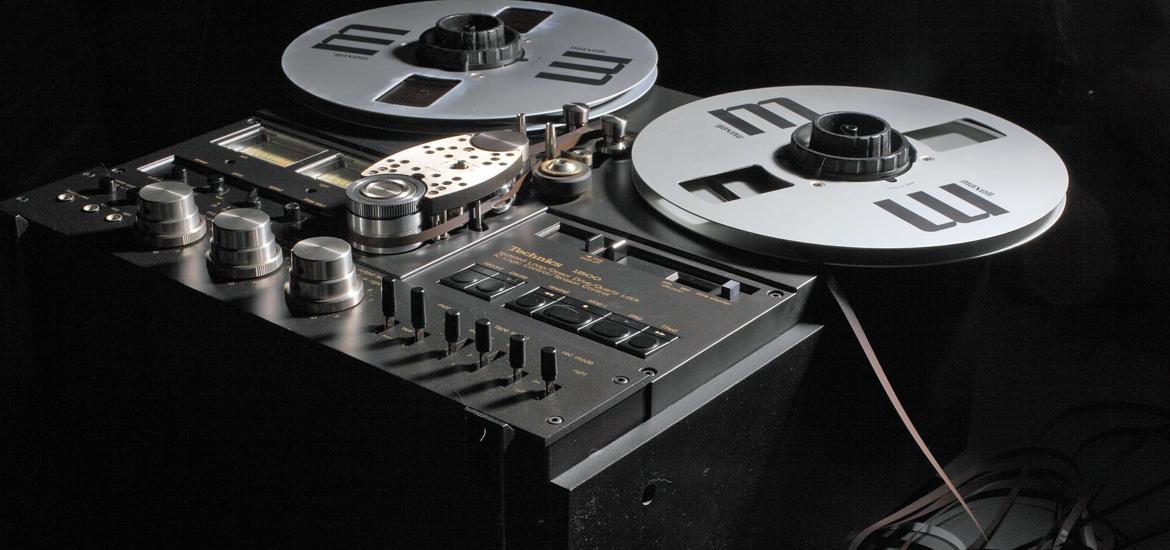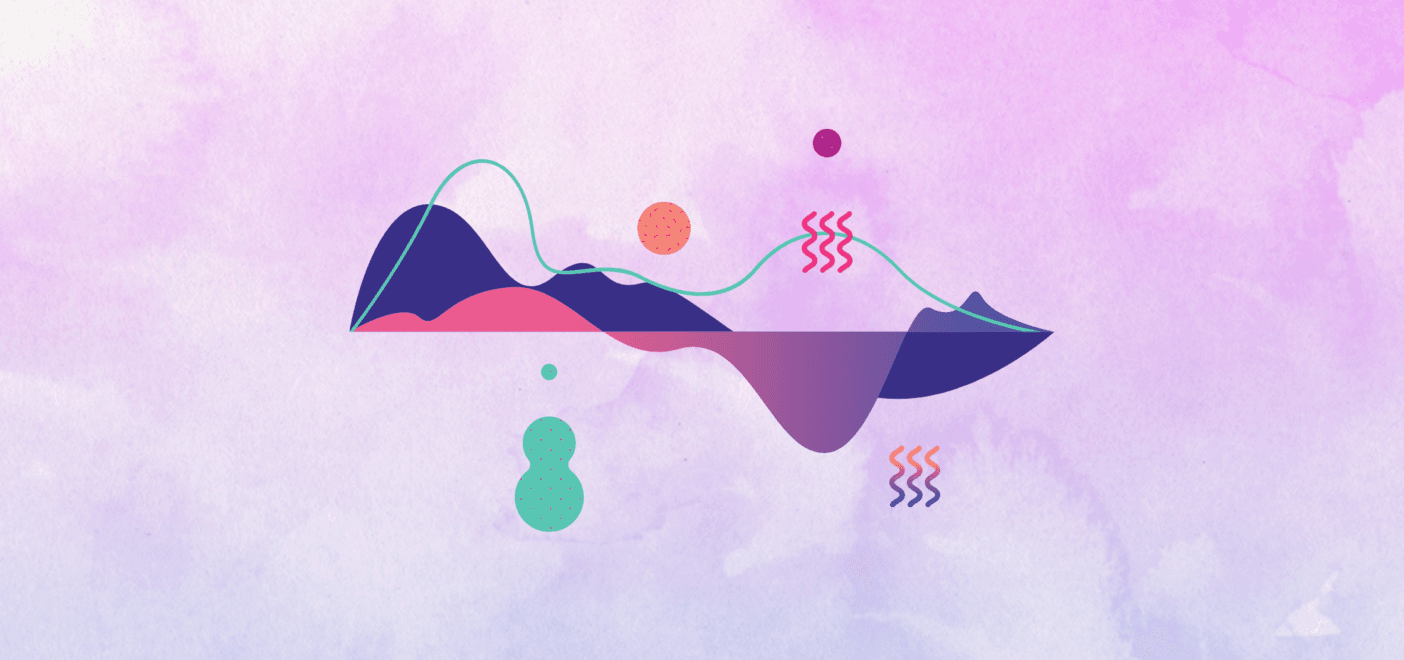All too often, distortion and saturation become confused due to the similar effects that they create. At times, even the trained ear may have a hard time detecting which effect is occurring, so it’s no wonder they get mixed up. However, understanding the differences that separate them isn’t too complex. A better understanding of distortion and saturation should help in decision-making when looking to use such effects, resulting in better mixes.
Distortion In The Musical Sense
Distortion is one of those things that you either love or hate. Some forms of distortion are considered good, whereas others are considered bad. Confusing start, right? Most of the time, when we think about distortion, we think about guitar amps. From subtle overdrive all the way up to full-on heavy metal fuzz, distortion tends to go hand in hand with the electric guitar. This is one of the ways in which we consider distortion to be a good thing.

Distortion In The Technical Sense
Looking at it from a purely electrical perspective, distortion occurs when a circuit is overloaded. The circuit is unable to handle the excess signal data (in this case, its amplitude) and so breaks down. Another way to think about distortion is to consider hard-clipping. When the circuitry is no longer able to handle the overloaded signal, it is forced to flatten any part of that signal that exceeds the voltage limit on a +/- axis.
Another thing to consider when you’re thinking about applying any form of signal degradation effect is harmonic content. As our waveform is squashed and essentially damaged by distortion, harmonic content is introduced. As a general rule, even harmonics sound pleasant, while odd harmonics tend to be unpleasant. For those of you who are unfamiliar with harmonic overtones, the basic principle is as follows.
Even-order harmonics are most commonly associated with the sound of tube technology. They add even multiples of our original signal. Let us say that we play a middle A. As this note sits at exactly 440Hz, our even harmonics would occur at 880Hz, 1760Hz, and so on. Inversely, odd harmonics would use odd multiples of our original signal: 1320Hz, 2200Hz, and so on.
Saturation
Saturation originates from the analog world. Back in the days of tape machines, engineers had to actively focus on printing the correct levels onto tape. In today’s digital world, if you record your signal too hot, circuits will break down and distortion may occur. However, in the analog world, a signal recorded to tape too hot would encounter the rather pleasant phenomenon known as saturation.
As we’ve already discussed, when your signal passes through circuitry too loudly, hard-clipping occurs to represent the values that cannot be recorded. But when a signal is passed to magnetic tape too loudly, we begin to hear what is referred to as soft-clipping. Instead of flattening the peaks of our audio, we hear a form of compression being applied to the loudest parts of our signal. The peaks are gently squashed, similar to the way that a slow compressor plug-in acts. With tape, our recordings are subjected to the will of chemical compounds rather than man-made electronic devices. For this reason, saturation operates in a non-linear way. This is one of the key things that separates distortion from saturation. With distortion, the components do not change, so the effect is linear.
Saturation serves as a far more versatile mixing tool than distortion. Its compression-like nature means that we can use it to add warmth to individual sounds. It’s great for fattening up the low-end. It’s also very useful on buses as mix glue and is great at adding size to a mix. These days, there are tape saturation plug-ins that can replicate this effect. I bet you’re glad you don’t have to go out and buy a tape machine now, right?

TL;DR
Circuitry overloads cause distortion. Distortion creates flat cut-offs to peak data, generates harmonic content, and generally breaks down signals. For these reasons, it’s great for adding aggression to any sound. Don’t just limit its use to electric instruments; use it to add character in the strangest of places.
Saturation is a symptom of soft-clipping. You will hear gentle peak compression that adds warmth and power to our signal without breaking it down too much. Try it out on drum buses, vocal mixes and even entire tracks to add some fullness to your music.
Sobre el autor

Tim Dunphy
Ingeniero de sonido y redactor de contenidos especializadosMás de 10 años de experiencia trabajando en el sector del audio. De todo, desde enrollar XLR hasta masterizar álbumes. Soy un hombre hecho a sí mismo y mantengo mis activos en Bitcoin. ¿Qué más hay que saber?
Deja un comentario
Inicia sesión para comentar


